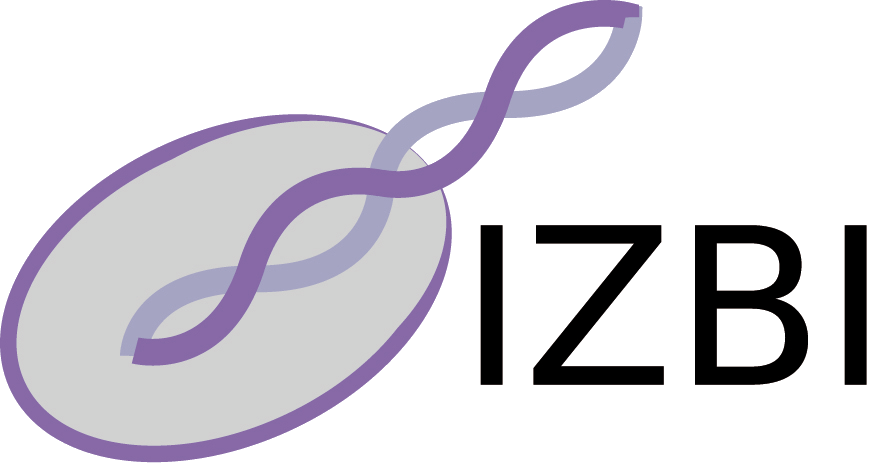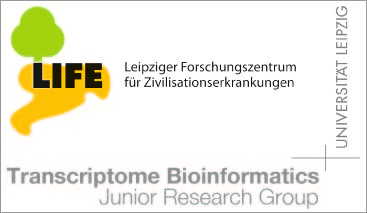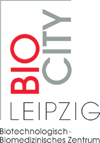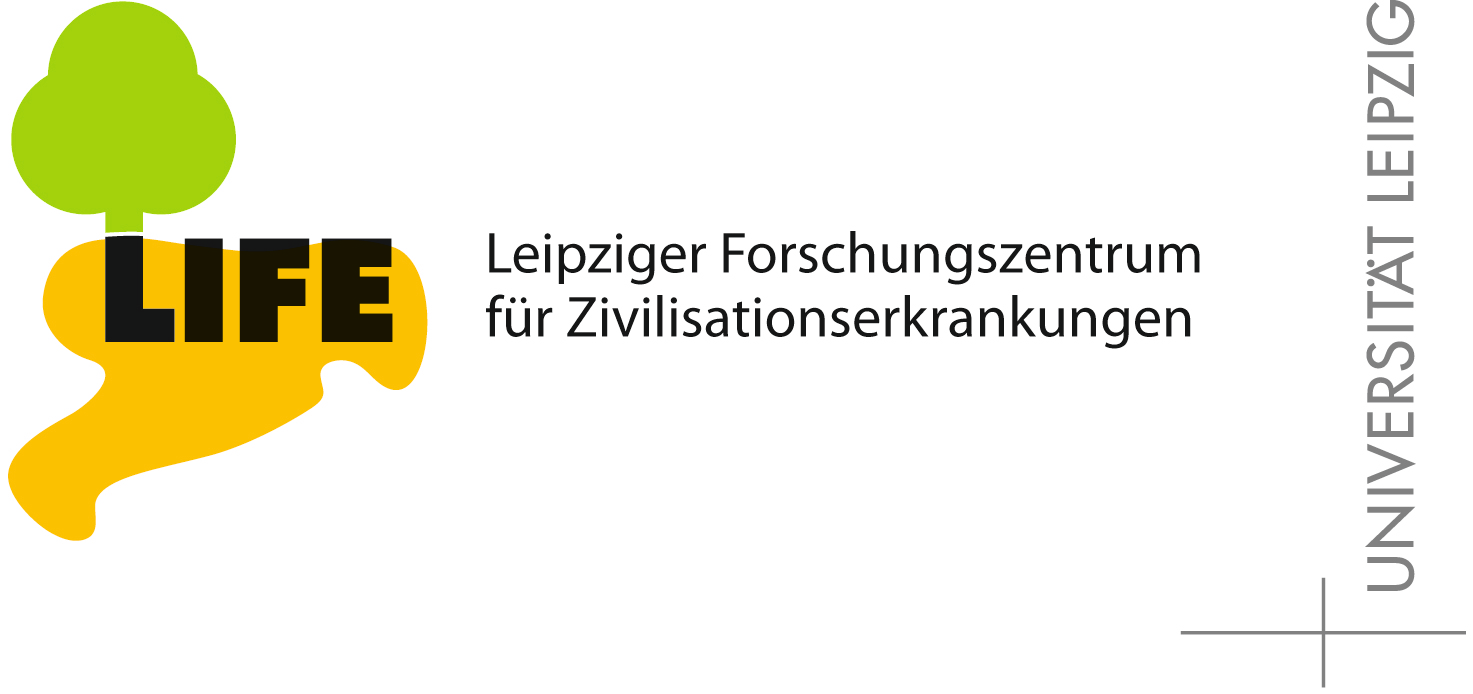Publications - Published papers
Please find below publications of our group. Currently, we list 565 papers. Some of the publications are in collaboration with the group of Sonja Prohaska and are also listed in the publication list for her individual group. Access to published papers ( ) is restricted to our local network and chosen collaborators.
If you have problems accessing electronic information, please let us know:
) is restricted to our local network and chosen collaborators.
If you have problems accessing electronic information, please let us know:
 ) is restricted to our local network and chosen collaborators.
If you have problems accessing electronic information, please let us know:
) is restricted to our local network and chosen collaborators.
If you have problems accessing electronic information, please let us know:©NOTICE: All papers are copyrighted by the authors; If you would like to use all or a portion of any paper, please contact the author.
Trichoplax genomes reveal profound admixture and suggest stable wild populations without bisexual reproduction
Kamm, Kai and Osigius, Hans-Jürgen and Stadler, Peter F. and DeSalle, Rob and Schierwater, Bernd
Download
Status: Published
Sci. Rep. 11168: 8
Abstract
The phylum Placozoa officially consists of only a single described species, Trichoplax adhaerens, although several lineages can be separated by molecular markers, geographical distributions and environmental demands. The placozoan 16S haplotype H2 (Trichoplax sp. H2) is the most robust and cosmopolitan lineage of placozoans found to date. In this study, its genome was found to be distinct but highly related to the Trichoplax adhaerens reference genome, for remarkably unique reasons. The pattern of variation and allele distribution between the two lineages suggests that both originate from a single interbreeding event in the wild, dating back at least several decades ago, and both seem not to have engaged in sexual reproduction since. We conclude that populations of certain placozoan haplotypes remain stable for long periods without bisexual reproduction. Furthermore, allelic variation within and between the two Trichoplax lineages indicates that successful bisexual reproduction between related placozoan lineages might serve to either counter accumulated negative somatic mutations or to cope with changing environmental conditions. On the other hand, enrichment of neutral or beneficial somatic mutations by vegetative reproduction, combined with rare sexual reproduction, could instantaneously boost genetic variation, generating novel ecotypes and eventually species.















